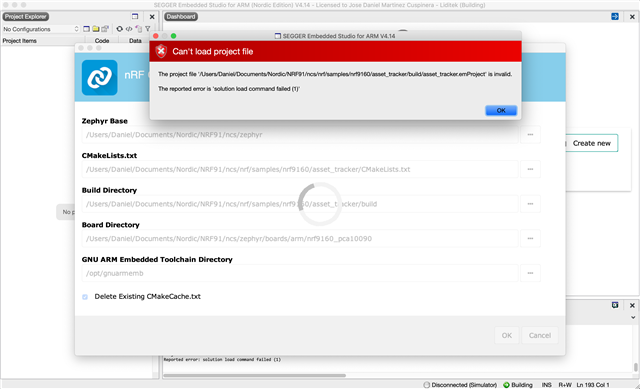PIL is an abbreviation of Python Imaging Library and it adds image processing to Python. In 2011, PIL has been discontinued—its unofficial successor framework Pillow for image processing is an actively maintained and user-friendly alternative for Python 3.
Install Python Library Mac
Let’s dive into the installation guides for the different operating systems and environments!

How to Install Pillow on Windows?

How do I install Python Imaging Library? First you should run this sudo apt-get build-dep python - imaging which will give you all the dependencies that you might need. Then run sudo apt-get update && sudo apt-get -y upgrade. Followed by sudo apt-get install python - pip. And then finally install Pil pip install pillow. Click to see full answer. While Python v2.x is a legacy branch and has better library support, Python v3.x is the future of Python. Most Linux distributions and Mac OS X operating systems are equipped with Python, and they have v2.x as their preferred and default version of Python. PIL (Python Imaging Library) adds many image processing features to Python. Pillow is a fork of PIL that adds some user-friendly features. CImage.py is a Python module used for image processing. Installing Python, PIL/Pillow, and cImage.py Windows. Install Python 2.7.8 (64-bit — this is important).
To install the updated Pillow framework on your Windows machine, run the following code in your command line or Powershell:
How to Install Pillow on Mac?
Open Terminal (Applications/Terminal) and run:
xcode-select -install(You will be prompted to install the Xcode Command Line Tools)sudo easy_install pipsudo pip install pillowpip install pillow
As an alternative, you can also run the following two commands to update pip and install the Pillow library:
How to Install Pillow on Linux?
Upgrade pip and install the Pillow library using the following two commands, one after the other:
How to Install Pillow on Ubuntu?
Upgrade pip and install the Pillow library using the following two commands, one after the other:
How to Install Pillow in PyCharm?
The simplest way to install Pillow in PyCharm is to open the terminal tab and run the following command:
Here’s a screenshot with the two steps:
- Open Terminal tab in Pycharm
- Run
pip install Pillowin the terminal to install Pillow in a virtual environment.
As an alternative, you can also search for Pillow in the package manager. However, this is usually an inferior way to install packages because it involves more steps.
How to Install Pillow in Anaconda?
You can install the Pillow package with Conda using the following command in your shell:
This assumes you’ve already installed conda on your computer. If you haven’t check out the installation steps on the official page.
Where to Go From Here?
Enough theory, let’s get some practice!
To become successful in coding, you need to get out there and solve real problems for real people. That’s how you can become a six-figure earner easily. And that’s how you polish the skills you really need in practice. After all, what’s the use of learning theory that nobody ever needs?
Practice projects is how you sharpen your saw in coding!
Install Python Library Conda
Do you want to become a code master by focusing on practical code projects that actually earn you money and solve problems for people?
Then become a Python freelance developer! It’s the best way of approaching the task of improving your Python skills—even if you are a complete beginner.
Install Pycharm
Join my free webinar “How to Build Your High-Income Skill Python” and watch how I grew my coding business online and how you can, too—from the comfort of your own home.
While working as a researcher in distributed systems, Dr. Christian Mayer found his love for teaching computer science students.
To help students reach higher levels of Python success, he founded the programming education website Finxter.com. He’s author of the popular programming book Python One-Liners (NoStarch 2020), coauthor of the Coffee Break Python series of self-published books, computer science enthusiast, freelancer, and owner of one of the top 10 largest Python blogs worldwide.
Download Pycharm
His passions are writing, reading, and coding. But his greatest passion is to serve aspiring coders through Finxter and help them to boost their skills. You can join his free email academy here.